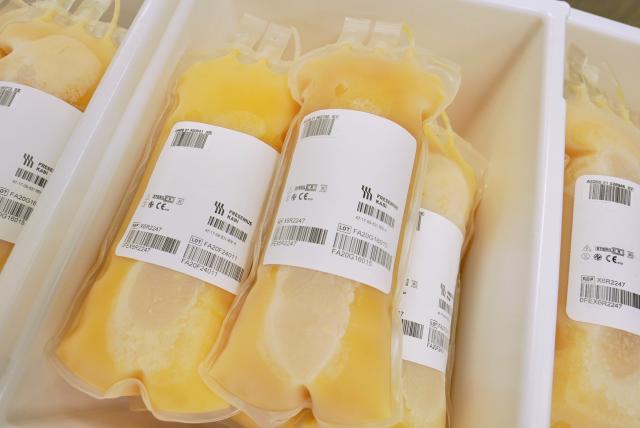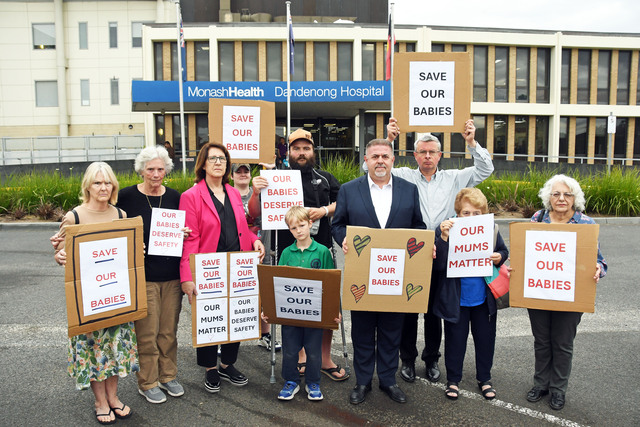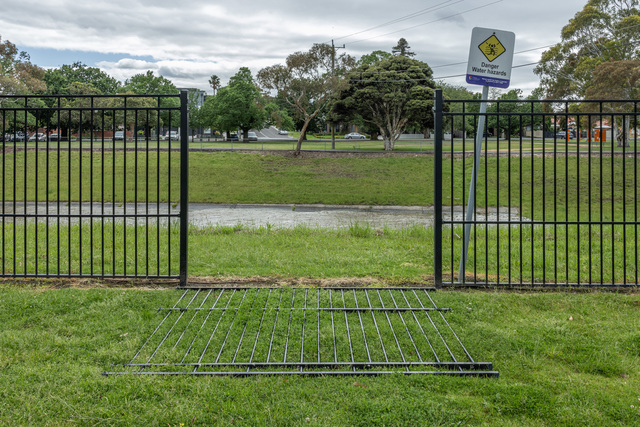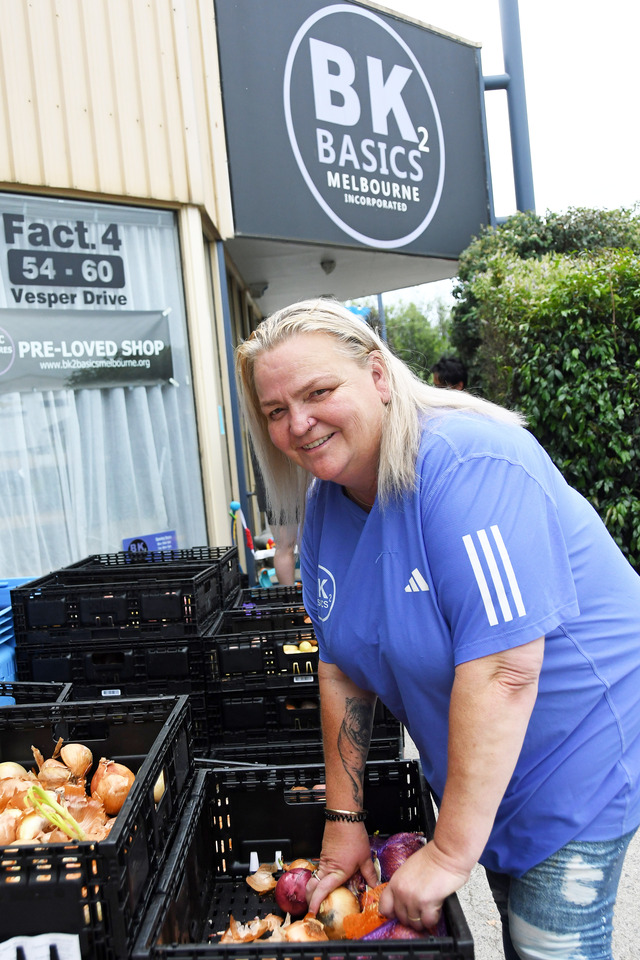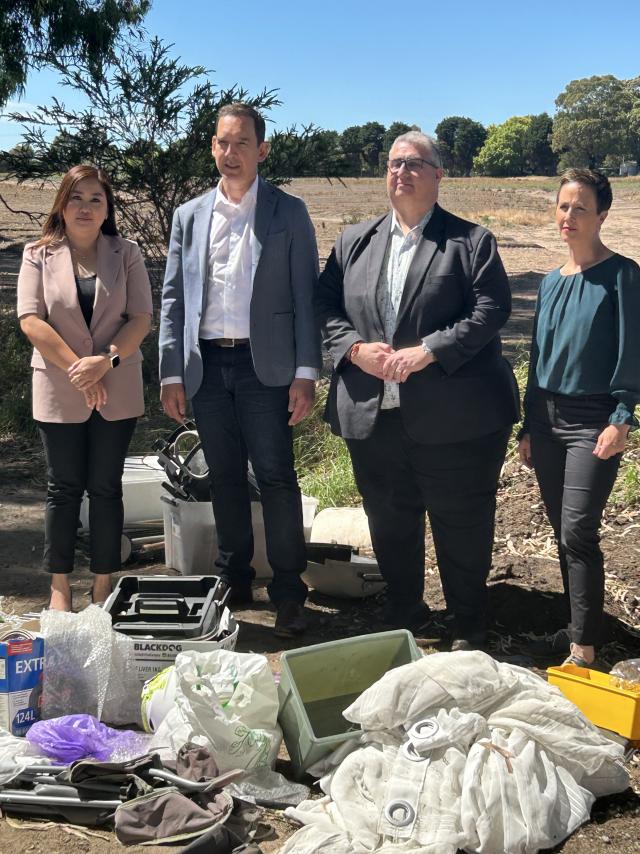Australian Red Cross Lifeblood is calling for 1600 blood donors to donate plasma every day this month.
Patient levels for the life-saving blood product have reached record levels.
Despite people donating blood more than ever during the pandemic, the need for plasma donors has never been greater.
“During the pandemic, many plasma donors were asked to make whole blood donations to help meet the highest demand for red cells in nearly a decade,” Australian Red Cross Lifeblood executive director Stuart Chesneau said.
“As well as the need for whole blood, we need to ensure continued levels of plasma to meet the need of Australian patients.”
Plasma can be used to treat a multitude of medical conditions and is often considered to be the last line of defence.
“Plasma-derived medicines are used to treat more than 50 serious medical conditions,” Mr Chesneau said.
Immune Deficiencies Foundation Australia CEO Carolyn Dews said thousands of its members relied on the generosity and commitment of plasma donors each month.
“Plasma provides them with protection as it contains disease-fighting antibodies that help to protect against a range of infections,” Immune Deficiencies Foundation Australia CEO Carolyn Dews said.
“Every year it takes on average 130 plasma donations to treat one person with a primary immunodeficiency, and one in 1000 people are estimated to be impacted by primary immunodeficiencies.
“The demand for plasma derived products continues to increase, in the last year we’ve seen numbers grow by 13 per cent, indicating that there are more and more Australians being diagnosed with an immunodeficiency and needing plasma.”
Mr Chesneau said patients are often unaware they’re a recipient of a plasma donation.
“In addition to the large number of medical conditions plasma is used to treat, every Australian who has had a post-exposure tetanus injection or chicken pox injection, along with every pregnant woman who receives Anti-D injections may not even realise they are plasma recipients,” Mr Chesneau said.
Australian Red Cross Lifeblood is also tackling misconceptions about whether you can give blood after getting a tattoo.
Throughout October, donors will be given a free temporary blood type tattoo when they give blood to address the misconception that tattoos are a barrier to donating blood.
“A Lifeblood survey found more than 15 per cent of Australians believe you can’t donate if you’ve had a tattoo,” Mr Chesneau said.
“One in four Aussies has a tattoo, and we want them all to know that being inked doesn’t disqualify them from donating blood and plasma.
“In fact, you can donate plasma straight away.”

